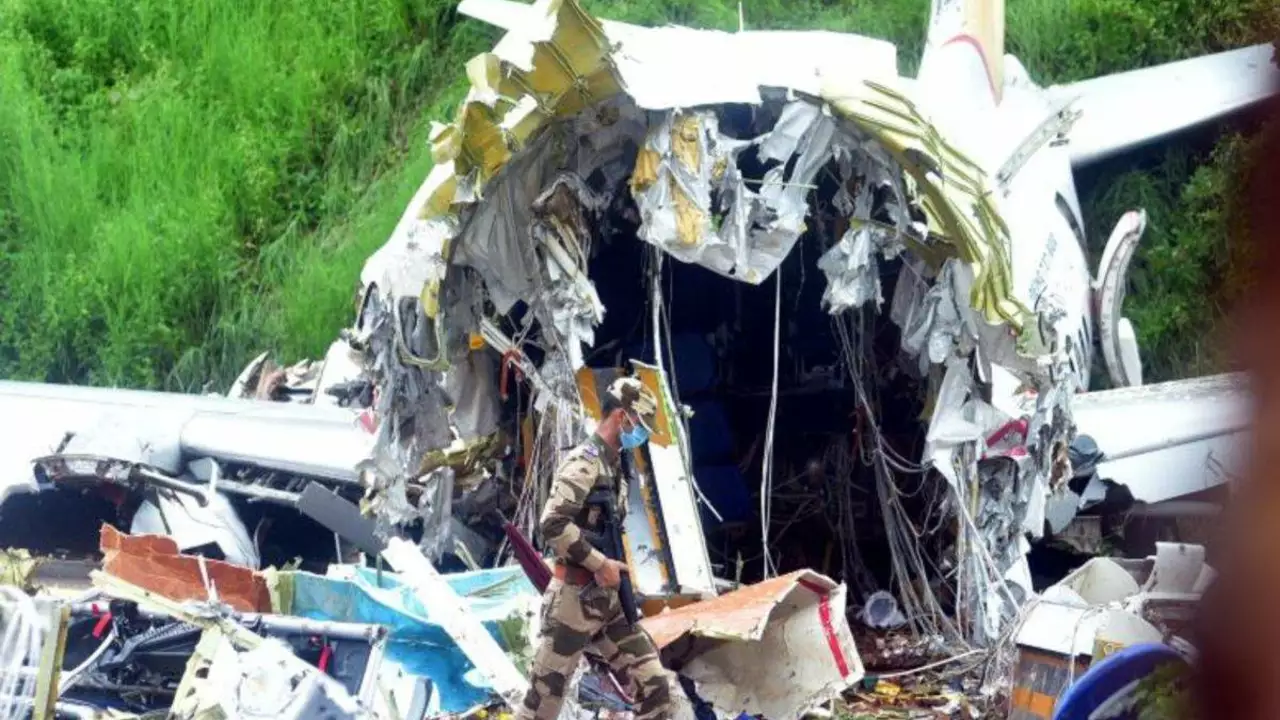Airplane Crash – What Happens and How We Stay Safe
When a plane goes down, it grabs headlines fast. People wonder what went wrong, how many lives were lost, and whether they could be safer next time. This page pulls together the most talked‑about crashes, the reasons behind them, and the tech that’s making the skies clearer.
Famous Mid‑Air Collisions
The 1985 Tenerife disaster still tops the list of deadliest crashes. Two Boeing 747s collided on a fog‑filled runway, killing 583 people. The cause? Miscommunication between pilots and air traffic control, plus a lack of clear standard phraseology.
Another shocking case is the 1996 “Collision in the Sky” over the Indian Ocean, where a Saudi Arabian Airlines flight and a Kazakhstan carrier vanished after a suspected mid‑air impact. Investigators later found that outdated radar and limited flight‑path monitoring played a big role.
Even more recent is the 2002 Überlingen collision over Germany. A Bashkirian Airlines Tupolev and a DHL cargo plane hit each other while the air traffic controller was overloaded. The tragedy spurred Europe to upgrade its air‑traffic safety protocols.
How Modern Tech Reduces Crash Risks
Today, aircraft are packed with systems that would have seemed sci‑fi back in the 80s. TCAS (Traffic Collision Avoidance System) sends automatic alerts when two planes get too close, giving pilots enough time to steer clear.
Satellite‑based ADS‑B (Automatic Dependent Surveillance‑Broadcast) shares real‑time position data with both pilots and ground stations. It’s a game‑changer for flights over oceans where radar can’t reach.
In‑cockpit displays now integrate weather, terrain, and traffic info on a single screen. This cuts down on the chance of misreading a separate chart or listening to a garbled radio transmission.
Beyond hardware, airlines run strict safety management systems (SMS). These use data from every flight to spot trends, fix recurring issues, and train crews on the latest emergency procedures.
When a crash does happen, investigators use “black boxes” – the flight data recorder and cockpit voice recorder – to reconstruct the final minutes. Their findings feed back into design changes, like stronger fuselage materials or better seat‑belt systems.
So, while no travel can be 100 % risk‑free, the odds of a fatal airplane crash have dropped dramatically in the last few decades. Understanding past accidents and embracing new technology are the two biggest reasons why.
If you’re planning a trip, a quick check on an airline’s safety record and a look at the aircraft type can give you extra peace of mind. Most major carriers now meet international safety standards, and the planes themselves are built to survive far more stress than daily operations ever produce.
In short, every airplane crash teaches us something. From Tenerife’s communication breakdown to modern TCAS alerts, each lesson makes the next flight a little safer. Keep these points in mind, and you’ll fly with confidence knowing the industry is constantly learning and improving.
So, here's the low-down folks, on the unfortunate airplane mishap in Calicut today. Now, don't jump off your seats, but the primary cause of this crash was a bout of really bad weather. I mean, rain was coming down harder than my mom's criticism during family dinners! Add to that, the runway at Calicut is a tabletop one, which is as tricky to land on as it is for me to keep my diet on track. Bottom line, poor visibility and slippery conditions, a stinging combo, led to this unfortunate crash. And that's the story, straight from the horse's mouth!
